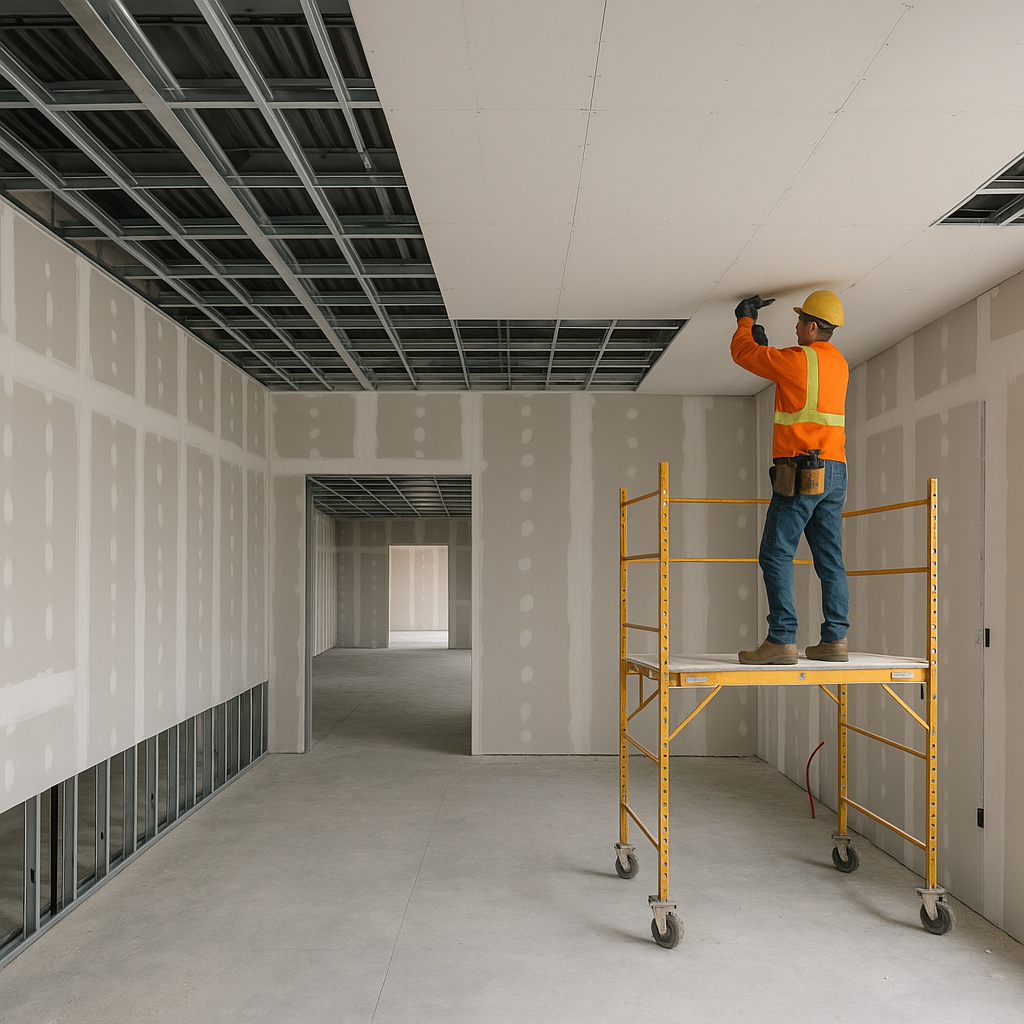
One of the most persistent misconceptions in construction is that production rates for drywall are fixed. In reality, estimating based on assumed “standard” productivity metrics can set the stage for costly deviations in both budget and schedule. For architects, engineers, and general contractors, understanding the dynamic nature of drywall production is essential to aligning design intent with real-world execution.
It’s tempting to rely on default productivity benchmarks—such as 1,000 square feet per day per crew—but doing so overlooks critical variables. Every project has its own complexities, and drywall installation rates fluctuate based on far more than material volume or crew size. Common myths include:
Accurate drywall estimating requires accounting for production realities that differ across jobsites, even within the same building. Influencing factors include:
The most reliable production rates aren’t pulled from a book—they’re mined from prior projects. Platforms like Active Estimating enable teams to pull in contextualized historical data to benchmark production for specific wall types and job conditions. This transforms estimating from speculative to data-backed, reducing the risk of underbidding or margin erosion.
To turn drywall estimating into a high-confidence activity, consider these strategies:
Advanced drywall estimating software does more than calculate quantities—it connects design intent with build logic. Real-time feedback loops and embedded labor benchmarks help estimators visualize how rate assumptions will play out in field conditions. Tools like these move beyond generic assumptions and into project-specific reality.
Drywall production isn’t static. It’s shaped by environment, sequencing, and the design itself. Treating it as a fixed variable is a sure way to introduce risk. By leveraging data from tools like Active Estimating and aligning production assumptions with actual job conditions, teams can close the gap between the estimate and the field—and deliver projects with greater confidence and profitability.
Schedule a personalized demo to see how Active Estimating can work for your specific needs.
